Results
-
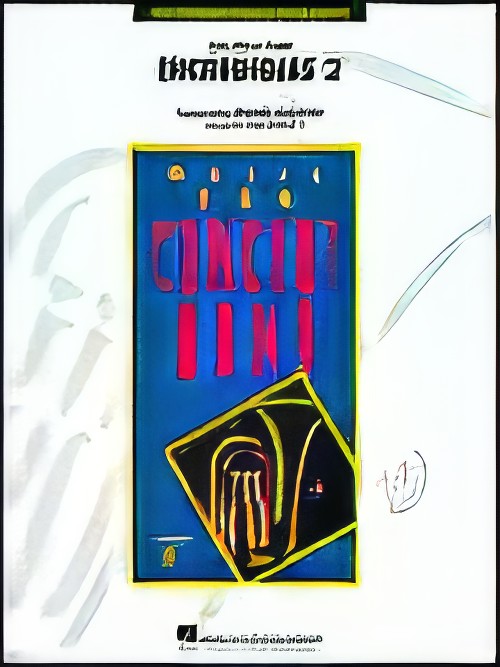 £72.99
£72.99Incredibles 2, Selections from (Concert Band - Score and Parts) - Giacchino, Michael - Murtha, Paul
Featuring familiar themes from the original?Incredibles?movie along with entertaining new themes, this is a terrific sounding medley filled with high energy and a jazzy flavour.
Estimated dispatch 7-14 working days
-
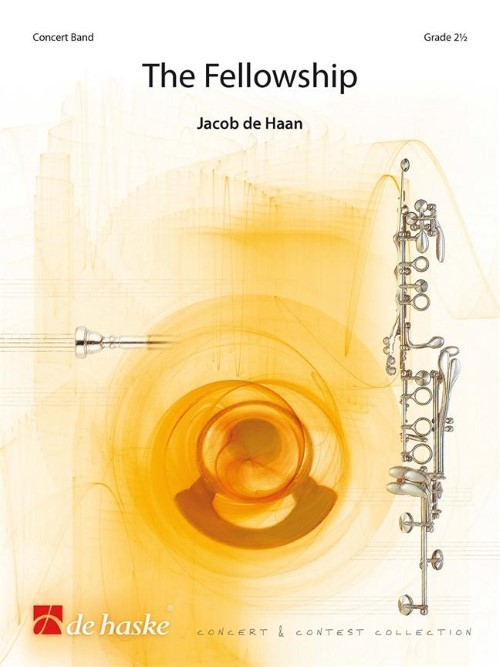 £76.99
£76.99The Fellowship (Concert Band - Score and Parts) - De Haan, Jacob
The Fellowship is a musical homage to friendship and camaraderie, symbolised in two alternating, complementary themes. The themes are based on popular songs from two sister municipalities, one lying in Normandy (France), and the other in Rheinland-Pfalz (Rhineland-Palatinate, Germany). Through the merging of their songs in this composition, their bond of friendship is sealed for eternity. Duration: 4.00
Estimated dispatch 7-14 working days
-
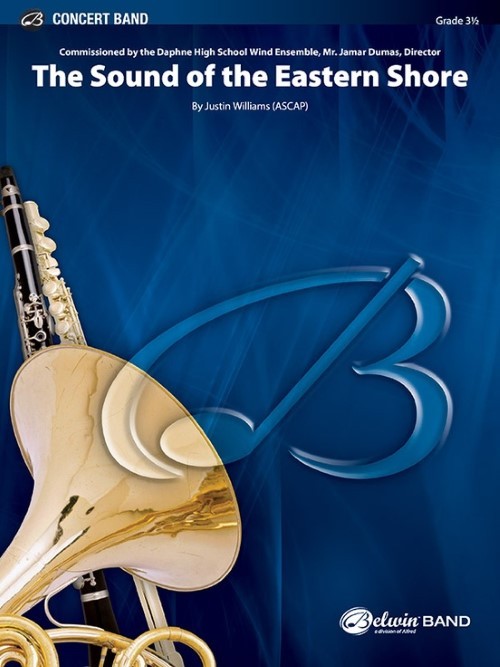 £70.50
£70.50The Sound of the Eastern Shore (Concert Band - Score and Parts) - Williams, Justin
Inspired by the quaint Alabama town of Daphne, a charming gulf coast community on the eastern shore of Mobile Bay known as "The Jubilee City." Full of cinematic melodies and exciting themes, this original work celebrates the town's charismatic style and character in jubilant fashion. Opening with a bold fanfare, the musical journey ebbs and flows with contrasting themes showcasing every section and builds to a dramatic conclusion.Duration: 3.45
Estimated dispatch 7-14 working days
-
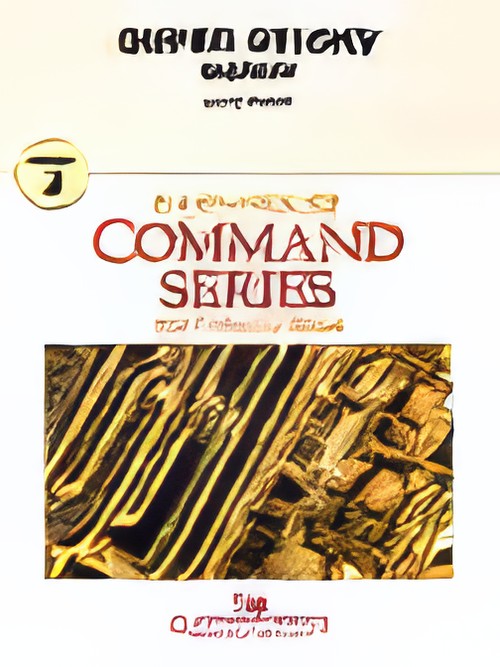 £59.00
£59.00Super Sticky (Concert Band - Score and Parts) - Neeck, Larry
Feature your percussion section on this appealing, moderate-tempo novelty march. Jaunty themes and bright instrumental colors dominate the wind parts, while the percussion section handles the "sticky" part. Feature sections are cleverly intertwined with the melodic themes. And it wouldn't be a percussion feature without some special effects as well. This perky march will be a hit with your band and audience alike. Great fun for all! Duration: 2.00
Estimated dispatch 7-14 working days
-
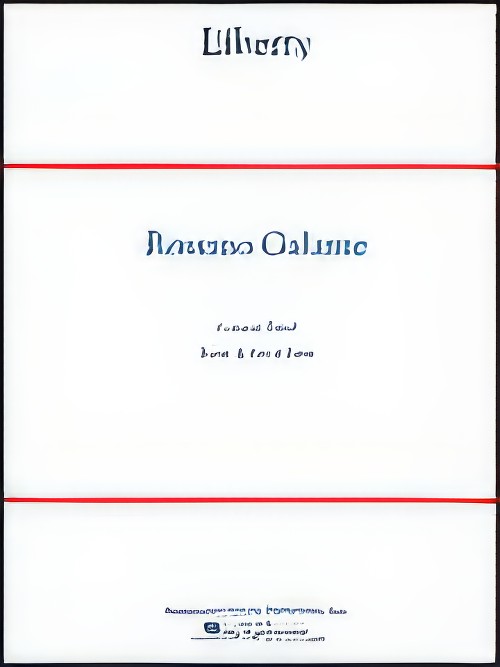 £79.99
£79.99Liberty (Concert Band - Score and Parts) - Galante, Rossano
Comprised of two main themes, Liberty strives to capture the essence of Americana. The first of the two themes is stated by a trumpet duet, then later the full ensemble. The second theme is robust and emotionally dynamic and accompanied by a driving, rhythmic pulse. The arc of the piece returns to the first theme, this time more transparent, and ending on a gentle, quiet note. A rewarding work for winds with plenty of variety and depth. Duration: 5:15
Estimated dispatch 7-14 working days
-
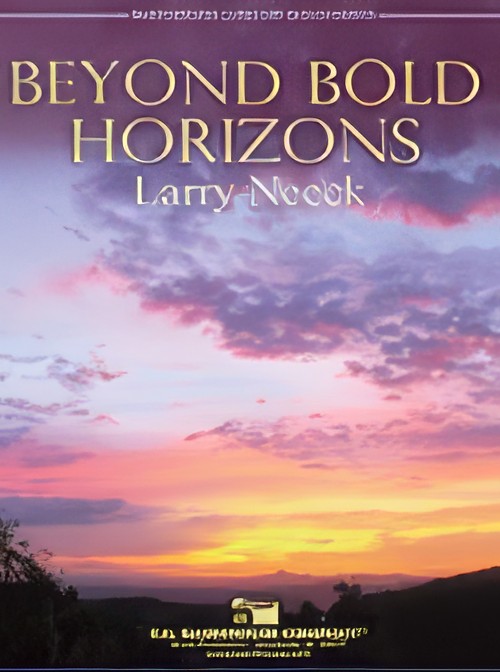 £74.00
£74.00Beyond Bold Horizons (Concert Band - Score and Parts) - Neeck, Larry
This energetic work features upbeat themes, brilliant colors, and bold rhythms. The gorgeous, lilting melody of the slow section contrasts nicely with the spirited and dynamic themes which follow. With lots of percussion, and plenty of great teaching moments, "Beyond Bold Horizons" is a tour de force showcase for your band, and a welcome addition to your next concert or festival performance! Duration: 5.00
Estimated dispatch 7-14 working days
-
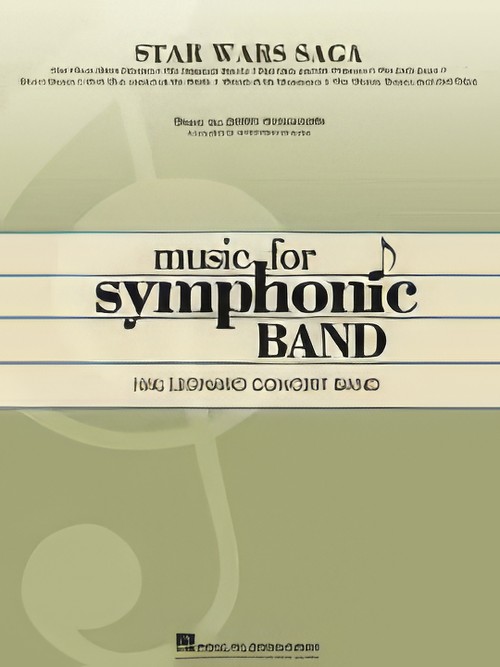 £84.99
£84.99Star Wars Saga (Concert Band - Score and Parts) - Williams, John - Bulla, Stephen
Spanning four decades, the dramatic and evocative themes by John Williams for the Star Wars movies have become a treasured part of our musical heritage. This stunning medley for the concert stage features the familiar main theme along with music associated with Darth Vader, Han Solo, Princess Leia, and recent themes for Rey, Kylo Ren, as well as the dramatic March of the Resistance. A guaranteed highlight for any program.
Estimated dispatch 7-14 working days
-
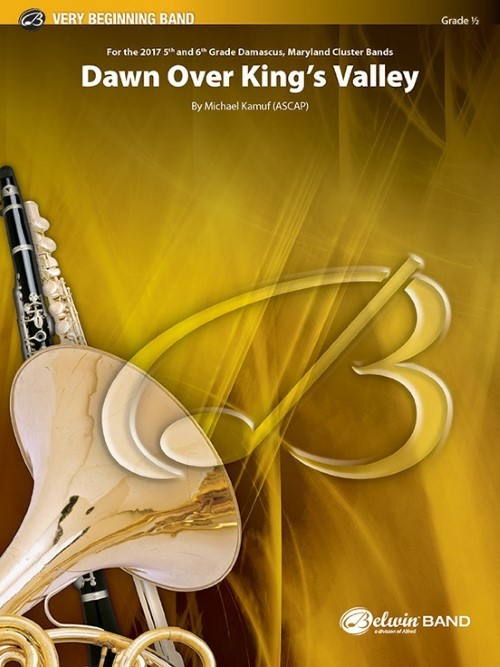 £46.95
£46.95Dawn Over King's Valley (Concert Band - Score and Parts) - Kamuf, Michael
This energetic original work for your very first concert employs contrasting themes while serving as the perfect vehicle to introduce staccato and accented articulations. All instruments get an opportunity to play one of the themes. Destined to be a favorite of students and audiences alike! Duration: 1:45
Estimated dispatch 7-14 working days
-
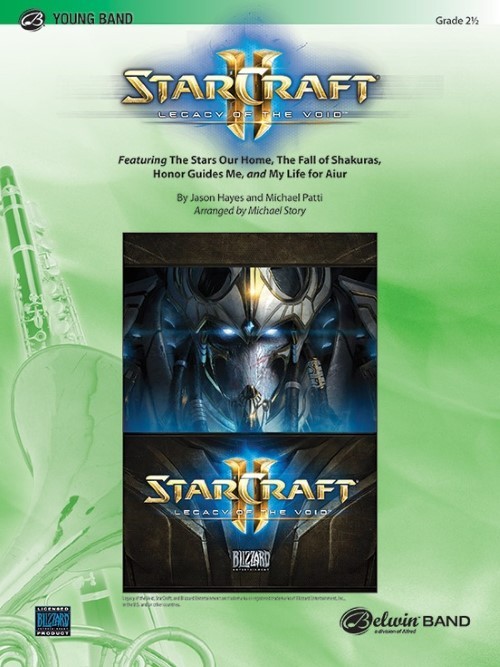 £64.50
£64.50Starcraft II: Legacy of the Void (Concert Band - Score and Parts) - Hayes & Patti - Story, Michael
This stunning musical collage of tunes from the wildly popular video game, Starcraft II: Legacy of the Void, was composed by Jason Hayes and Mike Patti. Themes include "The Stars Our Home," "The Fall of Shakuras," "Honor Guides Me," and " My Life for Aiur." Vividly contrasting styles combine to embrace the cherished themes and are masterfully interwoven into this through-played medley. Duration: 4:30
Estimated dispatch 7-14 working days
-
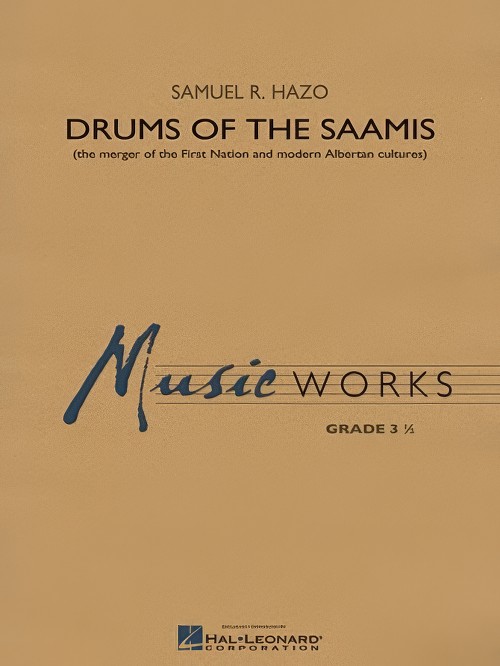 £72.99
£72.99Drums of the Saamis (Concert Band - Score and Parts) - Hazo, Samuel R.
Drums of the Saamis was commissioned by the Medicine Hat Concert Band Society of Medicine Hat, Alberta, Canada. The piece chronicles the merger of the First Nation (first natives) and modern Albertan cultures. The opening tribal drums followed by the haunting melody simulating the traditional wooden flute comprise two themes that are the foundation for the entire piece. Both elements are developed, varied and enhanced throughout as the listener senses the increasing influence of modern day Alberta through the use of modern sounding chords and rhythms. By the end, the marriage of the old and the new is complete. This powerful work closes as it began; a restatement of themes representing the musical and historical foundation of the region.Duration: 5:00
Estimated dispatch 7-14 working days
